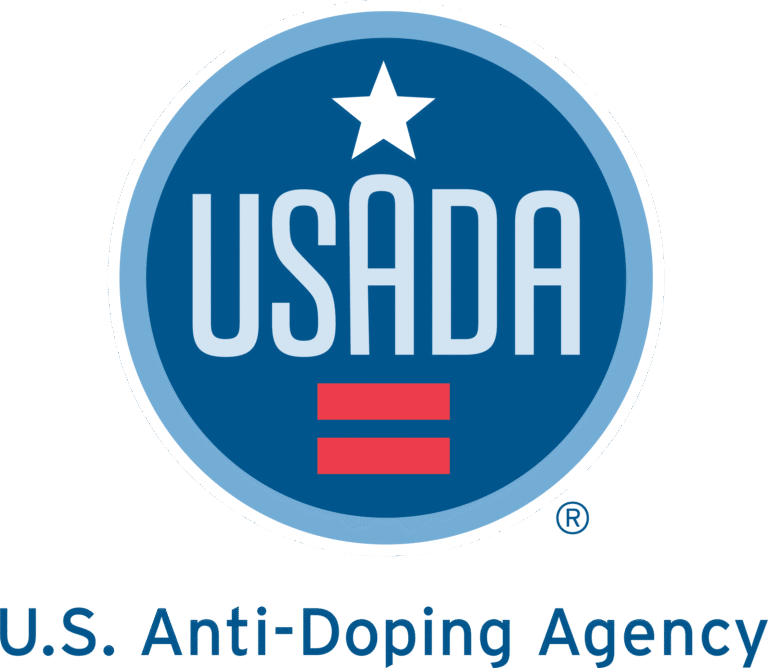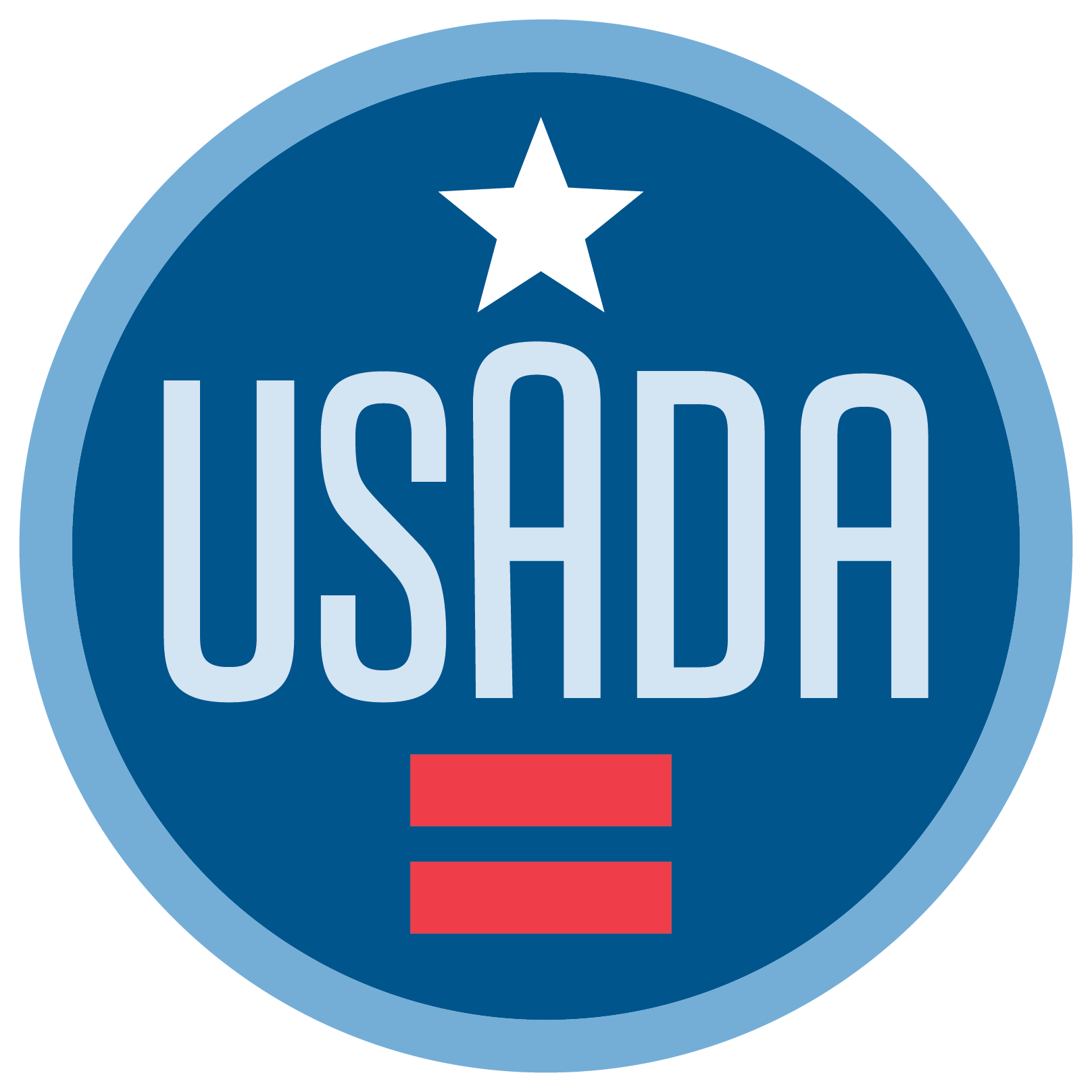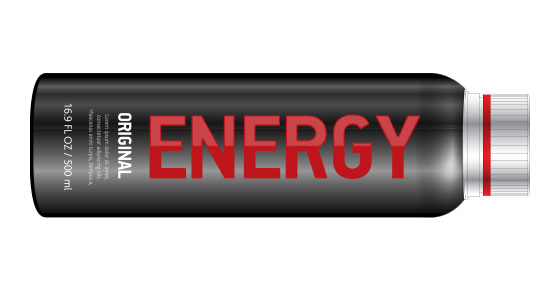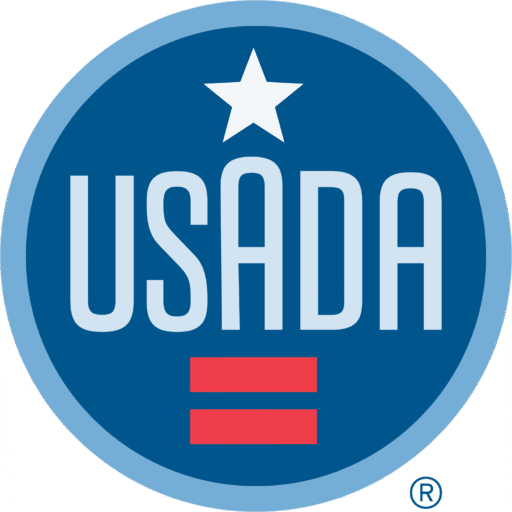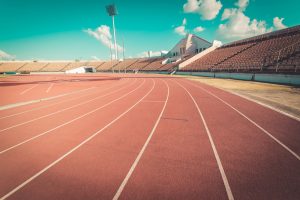UPDATED: May 23, 2025
It’s easy to be tempted by the marketing schemes of energy drinks (i.e., the highly caffeinated and often sugary drinks that claim to give you energy), especially when you are trying to keep busy athletes fueled and hydrated. However, it’s important to know that energy drinks are not necessarily a healthy, or even safe, way to re-energize or hydrate. Here are five key points to keep in mind as a parent of an athlete.

1. Energy drinks are not the best choice for hydration.
According to numerous studies, water is simply the best fluid for hydration, and thirst is really the best guide as to how much someone needs to drink in order to stay properly hydrated. A great resource that summarizes many findings on energy drinks versus hydration drinks (“sports drinks”) and/or water is the Position Statement and Recommendations for the Use of Energy Drinks by Young Athletes published by the National Federation of State High School Associations. In the position statement, the association clarifies that sports drinks (which replace water, electrolytes, and sometimes carbohydrates) or just plain water are by far the healthiest options for rehydration.
In contrast, any drink that contains a stimulant, such as caffeine, guarana, yohimbine, green coffee, green tea, or other stimulants or “nootropics” (ingredients for the brain), should be considered energy drinks and can pose health risks. Other trending ingredients that do not necessarily contribute to rehydration are mushroom preparations (now becoming more popular), botanicals like ashwaganda and lions mane, or high dose vitamins or amino acids. While some energy drinks are offering low- or no-sugar varieties, many still contain a lot of sugar. In general, energy drinks should not be used for hydration before, during, or after physical activity.
2. Feeling a “rush” is a warning sign of stimulant or vitamin overdose.
The presence of high doses of vitamins, such as niacin, do NOT necessarily make a beverage healthy. Because some energy drinks have high concentrations of certain ingredients, users may sometimes feel like the drink is “working”. But high concentrations of niacin in some energy drinks (for example) can cause an adverse event of skin flushing (where the skin turns red, sometimes for an hour or two), nausea, vomiting, diarrhea, and dizziness. Instead of being concerned, some users of energy drinks take these symptoms as evidence the product is working. But no foods or drinks should cause these types of symptoms, and if they do, it is a serious red flag.
3. Energy Drinks can contain more caffeine than soda.
Contrary to popular belief, there is no legal limit to the amount of caffeine that companies can put into energy drinks, and it’s been found that energy drinks can contain up to six times as much caffeine as soda drinks. Parents should not assume that the amount of caffeine in an energy drink is on par with cola beverages and it’s equally important to recognize that the effects of caffeine are dose-dependent. It’s pretty easy to overdose on caffeine without even realizing it when drinking multiple energy drinks per day! In addition, some sport organizations, such as the NCAA, have limits on the amount of caffeine an athlete can have in their system. An energy drink combined with the consumption of other caffeine could put some athletes over that limit.
The higher the dose, the more likely you are to get jitters, suffer insomnia, have irregular or racing heart beats, sweating, nervousness, or seizures.
For more evidence on the risks of highly caffeinated energy drinks, take a look at the story of Dakota Sailor, a high school football player who suffered a seizure and stopped breathing after consuming two energy drinks.
4. Don’t rely on energy drink labels to know whether they’re safe or not.
Energy drinks can be sold as foods (beverages are considered conventional foods under the law) and labeled with a Nutrition Facts panel, or they can be sold as Dietary Supplements and labeled with a Supplement Facts panel. To evade food labeling and marketing laws, companies sometimes switch back and forth between the two labeling options.
An energy drink sold as a food is no safer than an energy drink sold as a supplement, and vice versa. Both can contain large amounts of caffeine or other ingredients that can be harmful, and many of these products evade labeling laws, which is why it can be difficult to know exactly what is in an energy drink.
5. Marketing and social media make energy drinks seem amazing!
While many energy drink makers claim they do not market to young people, advertising and social media both heavily influence young consumers. Energy drink manufacturers market heavily to athletes with promises of enhanced energy and performance, as well as gamers looking for better focus and concentration. There is also a lot of social media content produced by kids’ favorite influencers who happen to be drinking energy drinks. One study demonstrated that many adolescents get the majority of their information about energy drinks from social media, and there is a positive correlation between social media and energy drink use.
In addition, some coaches of middle or high school teams do not discourage (or they even actively encourage) their athletes to have energy drinks before practice or important games.
What could POSSIBLY GO WRONG? (Hint: A lot!)
Energy drinks are everywhere, and their use is so normalized that it can be very hard to convince your adolescent or teen to avoid them. However, severe reactions do occur, such as in Dakota Sailor’s story (above) and others. Three other stories that implicate caffeine (the most common energy drink ingredient) in deaths of otherwise healthy people include the “workout queen,” who died from a heart attack following an energy drink, a man who died after adding a teaspoon of caffeine powder to his protein shake, and a student who died after drinking a “charged” lemonade from a restaurant.
The reality is that energy drinks, though advertised to help, can severely damage your athlete’s health. Instead of relying on energy drinks, help your athlete consume a well-balanced diet, hydrate with water or sports drinks, and get plenty of rest.
This article was originally published on October 21, 2014, on www.TrueSport.org.
